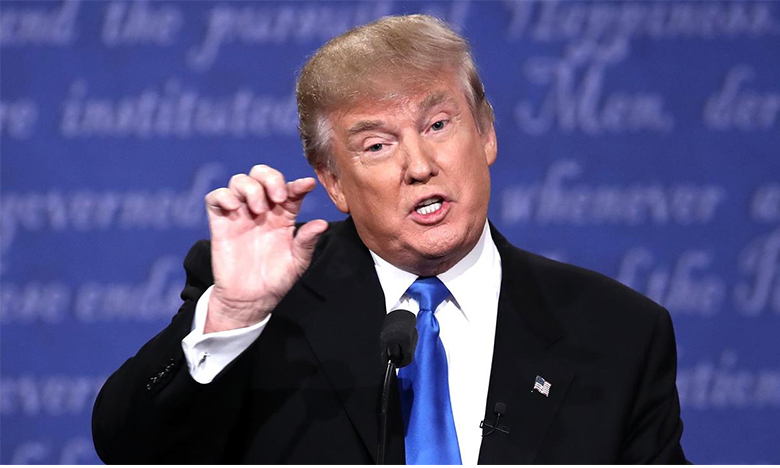Thrashing big government has long been a Republican credo, and crusading against government regulation was one area where Donald Trump did speak like a traditional member of his party on his rollicking road to the White House.
In office, much has been made of Trump’s troubles with federal investigators, but when it comes to cutting red tape, Trump is getting things done in a striking way — in part by … not doing much. Over the administration’s first four months:
The number comes from an analysis by the American Action Forum, a conservative think tank, crunching data from the federal Office of Information and Regulatory Affairs going back to 1994. In January, Trump signed an order dictating that, for every new regulation made, two must be repealed. If you include independent agencies outside of his direct control, Trump’s new regulations in his first months would have a $4 billion annual cost on business. But when you include only Trump’s cabinet agencies, that number plummets to $33 million — compared to $26 billion per year from 2005 to 2016.
TRUMP’S CRITICS SAY THE FOCUS ON COSTS ALONE IGNORES THE BENEFITS OF GOVERNMENT RULES.
Working with Congress, Trump also has repealed a record number of Obama rules via the seldom-used Congressional Review Act — from environmental protections for streams to workplace-safety restrictions for government contractors. But the administration also has acted on its own, through the emergency “interim final rule” process, such as blocking the requirement for chain restaurant menus to list calorie counts just days before it was to go into effect. “From the conservative perspective, it is a needed pause in the historic regulatory growth of the past administration,” says Sam Batkins, director of regulatory policy at the American Action Forum.
Trump’s critics say the focus on costs alone ignores the benefits of government rules. Restrictions on power plant emissions, for example, save money on asthma treatments for surrounding communities, studies by the Obama administration’s Environmental Protection Agency projected. A closer eye on banks could help prevent another financial crisis. And then there’s the fact that businesses often crave regulation, for the sake of providing consistent guidelines. The commercial drone industry is practically begging for clear rules. In this case, the regulatory slowdown could be coming in part because the Trump administration has been slower than its predecessors to fill political appointee jobs across the agencies.
Sam Berger, senior policy adviser at the liberal Center for American Progress think tank, says the regulatory halt signals that “Trump is putting corporate profits over people.” But the lack of total rules, whether friendly or unfriendly to business, means “it’s hard to separate out how much of that is incompetence and how much of that is purposeful.”
While Batkins says the deregulation push “could save billions of dollars and could contribute somewhat to [economic] growth,” the exact impact is near impossible to quantify. And there are outside factors that could force a change of pace. Laws and court rulings often set mandatory regulation deadlines, and many environmental regulations in recent years have been court-ordered. Activist group Public Citizen is challenging the “two-for-one” order as unconstitutional. Trump’s power to regulate as much or as little as he likes rests, in the end, with the judiciary.

